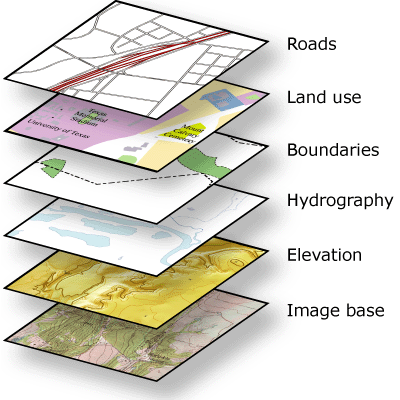Before performing spatial adjustment rubbersheeting you need to choose an adjustment method.
Rubber sheeting arcgis 10 1.
Rubber roofing foam pad textured rubber sheets greater than 10 feet rubber sheets foam gasket roll crubber related products epdm 1 8 in.
Arcgis help 10 1 about spatial adjustment rubbersheeting about spatial adjustment rubbersheeting geometric distortions commonly occur in source maps.
The values entered must be equal to or greater than zero.
Types of geometric transformations include rubber sheeting usually used for georeferencing projection using the projection information to transform the data from one projection to another translation shifting all the coordinates equally rotation rotating all the coordinates by some angle and changing the cell size of the dataset.
Arcgis arctutor editing spatialadjustment about rubbersheeting.
The typical values that may be used are 0 0 001 0 01 0 1 and 0 5.
The method parameter determines the interpolation method used to create the temporary tins in rubbersheeting.
Two rubbersheeting options are supported.
See about spatial adjustment rubbersheeting for more details.
Natural neighbor and linear.
The z value is the amount of change between the from end and to end of a link.
Commercial grade 60a rubber sheet black.
The typical values are 0 1 5 and 10.
The higher the weight the coarser the output surface.
Relaxing jazz soft city night jazz for evening dinner chill out music lounge music 2 267 watching live now.
Rubber sheeting spatial adjustment of a feature class in arcgis.
Arcgis tutorial data for desktop data path.
Rubbersheeting is typically used to align two or more layers.
For example if the change in x for a link is 10 map units the z value of the tin node at the from end of that link will be 10.
Spatial adjustment rubbersheeting makes small geometric adjustments in your data usually to align features with more accurate information.
This process moves the features of a layer using a piecewise transformation that preserves straight lines.
It is slightly faster and produces good results when you have many rubbersheet links spread uniformly over the data.

